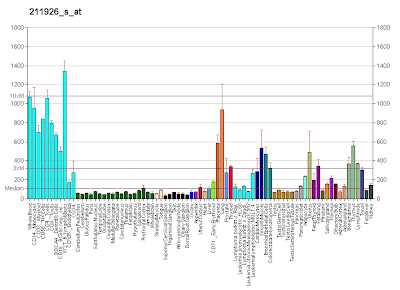 Robert A. Nicholson, PhD, Secondary Faculty, Department of Community Health, Division of Behavioral Science and Health Education. Donco Building Room # 208, Saint Louis University Medical Center. Tel:(314) 977-8490 nicholra@slu.edu WEB: Nicholson | Behavioral Science | PHILADELPHIA – New behavioral science research published in Cancer Epidemiology, Biomarkers & Prevention, a journal of the American Association for Cancer Research, found that constantly emphasizing the negative consequences of a lack of cancer screening among minorities can actually make them less likely to go for screening. "We have typically assumed that one of the best ways to motivate individuals is to point out disparities in health, but we may be having negative unintended consequences," said Robert Nicholson, Ph.D., an assistant professor in the Department of Neurology and Psychiatry at the St. Louis University School of Public Health. "Instead of motivating people who would be less likely to get these services in the first place, we may be driving them away." |
Nicholson and colleagues conducted a double-blind, randomized trial among 300 African-American adults. The adults were asked to read one of four articles about colon cancer and then answer questions about their likelihood of getting screened.
The first article emphasized that colon cancer was an important problem for African-Americans. The second emphasized that outcomes for blacks with colon cancer were worse than for whites, while a third said that although outcomes for African-Americans were improving the improvement was less than seen among whites. Finally, a fourth article discussed how outcomes for blacks with colon cancer were improving over time.
If African-Americans read the article that said outcomes for blacks were improving over time, they were more likely to have a positive emotional response than if they read any of the other three articles. The article most likely to cause a negative response was the one that simply stated the problem.
Similarly, those that read the article about African-Americans making progress in outcomes for colon cancer were far more likely to want to be screened than those who read any of the other three articles.
The mean age of the participants was 54.4 years, 76 percent were women and 89 percent had completed high school. Comprehension analysis found that all participants understood what they had read.
Nicholson said they did not ask questions about motivation, but he suggests that a general mistrust of the medical community may be playing a role. If information reinforces that mistrust, then African-Americans are less likely to be screened.
"We believe that a positive message would go a long way toward overcoming mistrust," Nicholson said. "We need the right kind of message for the right kind of person, and not to assume that what we have always done is working." ###
The mission of the American Association for Cancer Research is to prevent and cure cancer. Founded in 1907, AACR is the world's oldest and largest professional organization dedicated to advancing cancer research. The membership includes more than 28,000 basic, translational and clinical researchers; health care professionals; and cancer survivors and advocates in the United States and 80 other countries.
AACR marshals the full spectrum of expertise from the cancer community to accelerate progress in the prevention, diagnosis and treatment of cancer through high-quality scientific and educational programs. It funds innovative, meritorious research grants. The AACR Annual Meeting attracts more than 17,000 participants who share the latest discoveries and developments in the field. Special conferences throughout the year present novel data across a wide variety of topics in cancer research, treatment and patient care.
AACR publishes five major peer-reviewed journals: Cancer Research; Clinical Cancer Research; Molecular Cancer Therapeutics; Molecular Cancer Research; and Cancer Epidemiology, Biomarkers & Prevention. The AACR's most recent publication and its sixth major journal, Cancer Prevention Research, is dedicated exclusively to cancer prevention, from preclinical research to clinical trials. The AACR also publishes CR, a magazine for cancer survivors and their families, patient advocates, physicians and scientists. CR provides a forum for sharing essential, evidence-based information and perspectives on progress in cancer research, survivorship and advocacy.
Contact: Jeremy Moore Jeremy.moore@aacr.org 267-646-0557 American Association for Cancer Research


























 ist.psu.edu
ist.psu.edu





